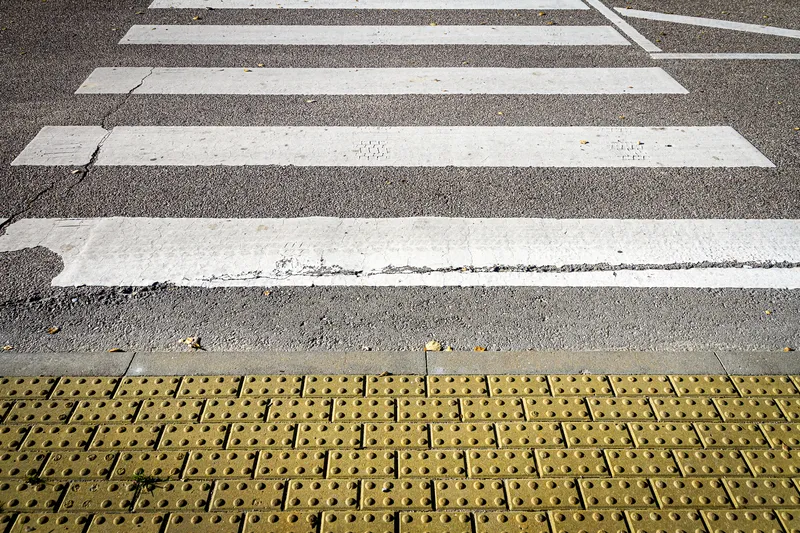With an eye on the autonomous vehicle market, Soterea, a new high-tech firm in New Jersey, US, is developing plug-and-play anti-collision technologies that can make new and used vehicles safer, thereby helping to further evolve the critical element necessary to make driverless vehicles commercially viable.
Soterea is the brainchild of two transportation technology experts, Eva Lerner-Lam and Alain L Kornhauser, each with more than four decades of experience in developing next generation technologies for
March 6, 2014
Read time: 3 mins
With an eye on the autonomous vehicle market, Soterea, a new high-tech firm in New Jersey, US, is developing plug-and-play anti-collision technologies that can make new and used vehicles safer, thereby helping to further evolve the critical element necessary to make driverless vehicles commercially viable.
Soterea is the brainchild of two transportation technology experts, Eva Lerner-Lam and Alain L Kornhauser, each with more than four decades of experience in developing next generation technologies for transportation systems. The two have now teamed up to provide individual vehicle owners and fleet operators in the US and abroad with key technologies needed to make almost all vehicles, not just new, expensive ones, safer.
“Today’s vehicle crash warning and active prevention technologies are available as premium features on top-of-the-line, new vehicles,” says Lerner-Lam. “We’re developing affordable, “plug-and-play” kits for virtually all vehicles, even those that did not come with anti-collision systems installed at the factory.”
Soterea is integrating state-of-the-art technologies from around the world for the kits and exploring unique partnerships with technology institutes, insurance companies, auto dealers, auto service centres and fleet operators for distributing them globally.
“Crash mitigation and avoidance technologies are evolving at breakneck speed, far faster than a typical car owner’s new or used car purchase cycle,” says Kornhauser. “With in-vehicle wireless communications and electronic steering, braking and throttle controls on almost all new vehicles made since 2012, there’s no reason why warning and prevention devices can’t be installed and updated on virtually any vehicle on an after-market basis, significantly enhancing the overall safety of our streets and highways—for everyone.”
Beyond the immediate application of anti-collision technology today for everyone, the promise of self-driving cars has captured the imagination of urban planners, transportation industry professionals and ordinary citizens. “But,” says Lerner Lam, “Self-driving vehicles won’t happen until they can demonstrate that they can be trusted to avoid collisions. We have to achieve safer driving vehicles in order to achieve self-driving ones.”
“It’s an exciting time for everyone who needs or provides transportation,” adds Kornhauser. “Self-driving technology can provide a professional driver's response when the human behind the wheel is drowsy or distracted, thus benefiting everyone on the road. Getting anti-collision technologies onto new and used vehicles is the first step in this transportation revolution. The rest will be history.”
Soterea is the brainchild of two transportation technology experts, Eva Lerner-Lam and Alain L Kornhauser, each with more than four decades of experience in developing next generation technologies for transportation systems. The two have now teamed up to provide individual vehicle owners and fleet operators in the US and abroad with key technologies needed to make almost all vehicles, not just new, expensive ones, safer.
“Today’s vehicle crash warning and active prevention technologies are available as premium features on top-of-the-line, new vehicles,” says Lerner-Lam. “We’re developing affordable, “plug-and-play” kits for virtually all vehicles, even those that did not come with anti-collision systems installed at the factory.”
Soterea is integrating state-of-the-art technologies from around the world for the kits and exploring unique partnerships with technology institutes, insurance companies, auto dealers, auto service centres and fleet operators for distributing them globally.
“Crash mitigation and avoidance technologies are evolving at breakneck speed, far faster than a typical car owner’s new or used car purchase cycle,” says Kornhauser. “With in-vehicle wireless communications and electronic steering, braking and throttle controls on almost all new vehicles made since 2012, there’s no reason why warning and prevention devices can’t be installed and updated on virtually any vehicle on an after-market basis, significantly enhancing the overall safety of our streets and highways—for everyone.”
Beyond the immediate application of anti-collision technology today for everyone, the promise of self-driving cars has captured the imagination of urban planners, transportation industry professionals and ordinary citizens. “But,” says Lerner Lam, “Self-driving vehicles won’t happen until they can demonstrate that they can be trusted to avoid collisions. We have to achieve safer driving vehicles in order to achieve self-driving ones.”
“It’s an exciting time for everyone who needs or provides transportation,” adds Kornhauser. “Self-driving technology can provide a professional driver's response when the human behind the wheel is drowsy or distracted, thus benefiting everyone on the road. Getting anti-collision technologies onto new and used vehicles is the first step in this transportation revolution. The rest will be history.”










